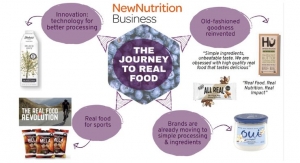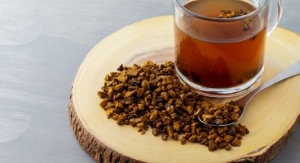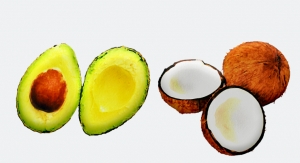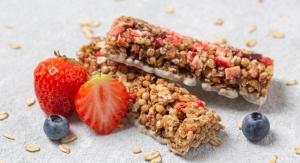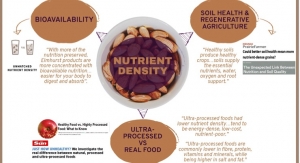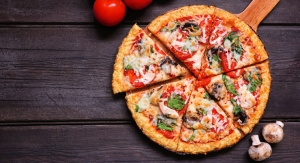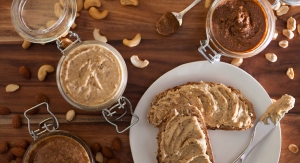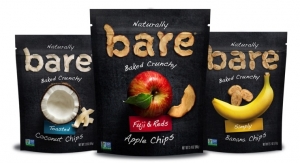04.24.18
Snacking is central to the strategy of ambitious and creative companies, with explosive growth in the number of new snacks launched between 2010 and 2017: 125% in Europe and 47% in North America, according to Mintel’s Global New Product Database (April 2018).
But this huge growth means that healthy snacking is now an intensely competitive and crowded space, according to a new report from New Nutrition Business, “Strategies in Healthy Snacking.” “Companies have to work even harder to create a product that brings a real point of difference for the consumer,” said Julian Mellentin, author of the report.
The report outlines 10 strategies for success in healthy snacking, illustrated with 15 case studies of healthy snacking brands in the U.S. and Europe.
No limits on new product development (NPD): Creative NPD and innovation are key for success in snacking, said Mr. Mellentin. “The businesses that are proving successful are the ones that are creating new markets with differentiated snack concepts, often using new ingredients and processes, and selling them under new brands and messages,” he said.
Today’s consumers are all food explorers, willing to adopt into their lives foods and flavors that would have seemed strange 10 years ago—and willing to pay more for them.
Premiumization: This is the new normal in the healthy snack category. Brands that deliver an innovative snack product, targeted at the ever-fragmenting consumer preferences, can command premium prices. All of the 15 case study brands included in the report sell at a significant premium of up to 830% compared to mass-market brands: Biena chickpeas command a 212% premium; Mr Lee’s free-from and low-sugar pot noodles sell at a 434% premium; Yumbutter’s nut butter pouches retail at a massive 830% premium.
Leveraging technology: New ways of processing natural ingredients and new packaging technologies are behind the success of many new snack concepts.
GLK Foods, America’s largest producer of sauerkraut and pickles sold in jars, tapped into the snackification trend by giving its traditional pickled vegetables a snack-sized format. It reduced the messy brine, put them into resealable packaging with modern, fresh flavors including Hot & Spicy, and launched them under a new brand called Oh Snap!.
Biena’s founder based her roasted chickpea snacks on a traditional Indian idea, but used processing technology to make the texture more acceptable to Americans. “Our mission is creating the next great American snack,” Poorvi Patodia told New Nutrition Business. “And chickpeas have been very much on trend. Hummus brands have done a great job of educating American consumers for 10-plus years, and we definitely have benefited from that foundation. But most people have never heard of roasted chickpeas and are coming across this type of snack for the first time.”
Consumer ideas about what is healthy are becoming ever more diverse and this is creating a wealth of white spaces for new snack products. However, in a more competitive sector than ever before, it’s crucial that companies look hard at which strategies have proven successful for snack brands and which ones they can apply to their business.
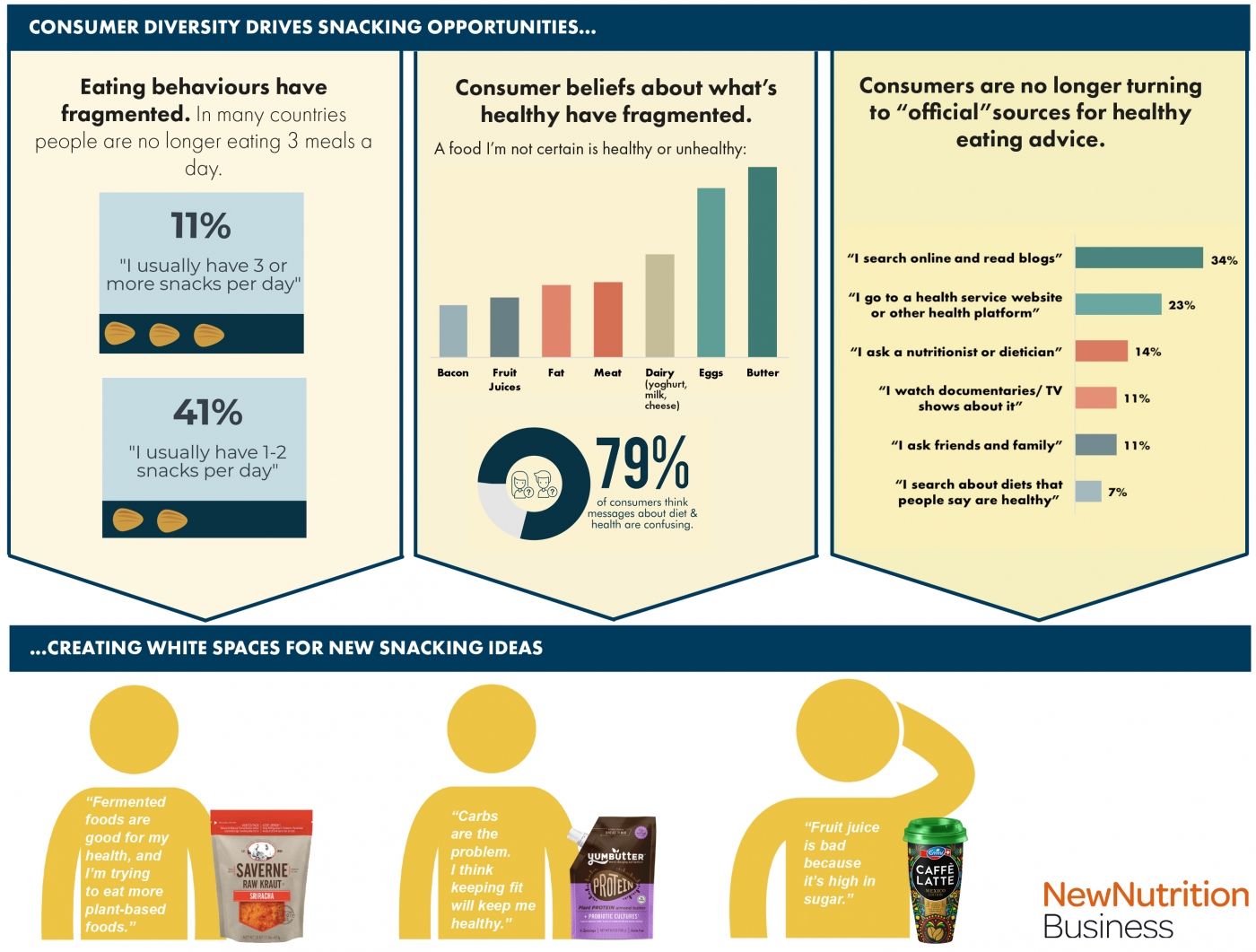
But this huge growth means that healthy snacking is now an intensely competitive and crowded space, according to a new report from New Nutrition Business, “Strategies in Healthy Snacking.” “Companies have to work even harder to create a product that brings a real point of difference for the consumer,” said Julian Mellentin, author of the report.
The report outlines 10 strategies for success in healthy snacking, illustrated with 15 case studies of healthy snacking brands in the U.S. and Europe.
No limits on new product development (NPD): Creative NPD and innovation are key for success in snacking, said Mr. Mellentin. “The businesses that are proving successful are the ones that are creating new markets with differentiated snack concepts, often using new ingredients and processes, and selling them under new brands and messages,” he said.
Today’s consumers are all food explorers, willing to adopt into their lives foods and flavors that would have seemed strange 10 years ago—and willing to pay more for them.
Premiumization: This is the new normal in the healthy snack category. Brands that deliver an innovative snack product, targeted at the ever-fragmenting consumer preferences, can command premium prices. All of the 15 case study brands included in the report sell at a significant premium of up to 830% compared to mass-market brands: Biena chickpeas command a 212% premium; Mr Lee’s free-from and low-sugar pot noodles sell at a 434% premium; Yumbutter’s nut butter pouches retail at a massive 830% premium.
Leveraging technology: New ways of processing natural ingredients and new packaging technologies are behind the success of many new snack concepts.
GLK Foods, America’s largest producer of sauerkraut and pickles sold in jars, tapped into the snackification trend by giving its traditional pickled vegetables a snack-sized format. It reduced the messy brine, put them into resealable packaging with modern, fresh flavors including Hot & Spicy, and launched them under a new brand called Oh Snap!.
Biena’s founder based her roasted chickpea snacks on a traditional Indian idea, but used processing technology to make the texture more acceptable to Americans. “Our mission is creating the next great American snack,” Poorvi Patodia told New Nutrition Business. “And chickpeas have been very much on trend. Hummus brands have done a great job of educating American consumers for 10-plus years, and we definitely have benefited from that foundation. But most people have never heard of roasted chickpeas and are coming across this type of snack for the first time.”
Consumer ideas about what is healthy are becoming ever more diverse and this is creating a wealth of white spaces for new snack products. However, in a more competitive sector than ever before, it’s crucial that companies look hard at which strategies have proven successful for snack brands and which ones they can apply to their business.





